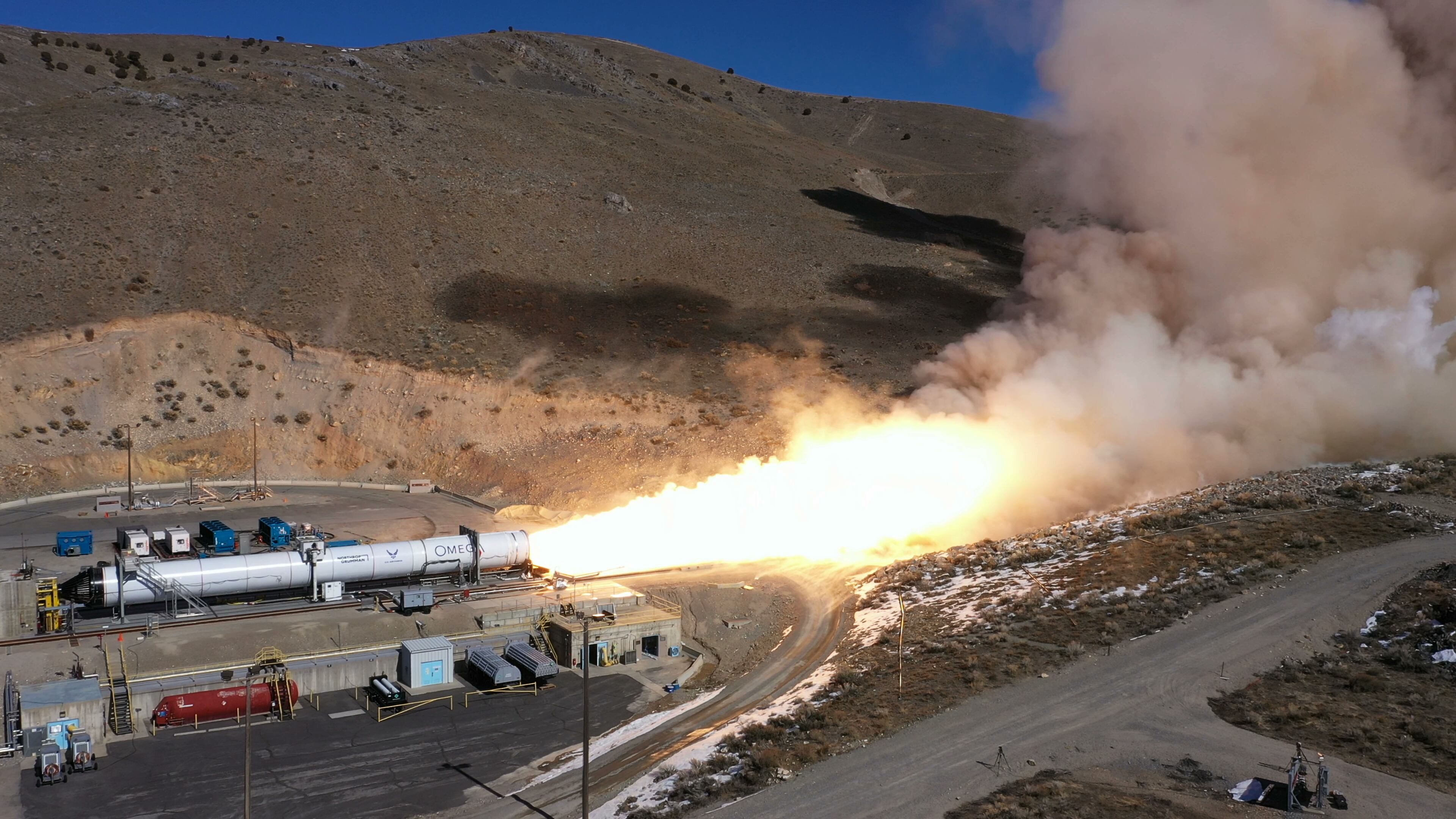The Space and Missile Systems Center says a new report by the thinktank RAND supports its decision to award contracts to only two launch providers under the National Security Space Launch program.
The study, which was commissioned by the Air Force, shows that the heavy launch market is unlikely to sustain more than two domestic launch providers over the long term, a conclusion that supports the main thrust of the Defense Department’s acquisitions approach for heavy lift launch services.
“We asked RAND to independently double check the assumptions we used to build our acquisition strategy,” said Col. Robert Bongiovi, director of SMC’s Launch Systems Enterprise Directorate. “What we found was that our acquisition strategy encompasses RAND’s recommendations as we are already making prudent preparations for a market that will only sustain two providers with our Phase 2 contract structure.”
RELATED

The NSSL competition was undertaken to end U.S. reliance on the Russian propulsion systems used for the Atlas V and Delta IV rockets.
“We had to take prudent steps to expeditiously end reliance on Russian propulsion systems while maintaining 100 percent mission success for critical National Security Space assets," said Assistant Secretary of the Air Force for Acquisition, Technology and Logistics Will Roper. "The Department’s strategy over the last five years is delivering on that mandate."
There are four companies vying for the contracts: United Launch Alliance, SpaceX, Blue Origin and Northrop Grumman. However, SMC plans to award contracts to only two providers for 30-plus heavy lift launches from 2022 through 2025, arguing that the market will not support more than two domestic providers. Those contracts are expected to follow a 60-40 split, with the launches scheduled between 2022 and 2026.
The Rand report supports the SMC’s framing, projecting only moderate growth in the commercial heavy lift market over the next 10 years, meaning industry is unlikely to be able to support more than one U.S. launch provider. Therefore, the Space Force should prepare for a future with only two NSSL providers, one of which may receive limited support from the commercial market.
"Given the market projections highlighted in the RAND market study, supporting more than two operational National Security Space launch providers would also decrease each provider’s launch tempo which lowers overall reliability and increases satellite launch costs,” said Brig. Gen. Donna Shipton, SMC vice commander.
Noted Roper: “I think the biggest takeaway: I’m glad that they agreed with our assessment that the market can only support two providers long term. That’s what we believed based on the market research, and they upheld that. So that’s good to know."
Still, the authors do recommend the Pentagon “continue to provide tailored support through 2023 to enable three U.S. launch service providers to continue in or enter the heavy lift launch market.” Although they also noted that support does not need to come in the form of a third NSSL contract.
“The finding that carrying a third provider in some way, in the near term would help especially in discouraging a foreign entrant to the market is one that I agree with," Roper said. “I think, in a perfect world, we absolutely would continue with more providers just because this is an emerging market where there are a lot of areas and technologies being developed, and if money were no option, I would love to continue research and development in launch and start phase three R&D of the program earlier. It’s just merely a funding constraint for us.”
“So when we’re looking at our national security space launch portfolio, we funded what is required to get our job done," he added. “We will be able to have two providers capable of putting up every satellite that we need to put up — Air Force, Space Force and [National Reconnaissance Office].”
The Space Force is expected to issue the contracts this summer.
Nathan Strout covers space, unmanned and intelligence systems for C4ISRNET.
Valerie Insinna is Defense News' air warfare reporter. She previously worked the Navy/congressional beats for Defense Daily, which followed almost three years as a staff writer for National Defense Magazine. Prior to that, she worked as an editorial assistant for the Tokyo Shimbun’s Washington bureau.








